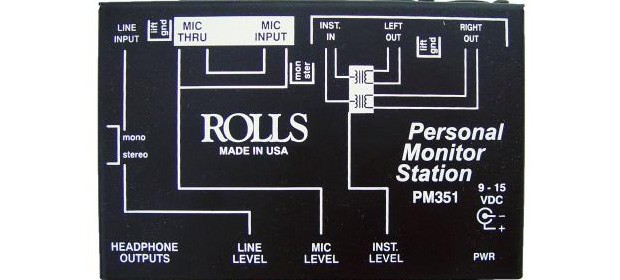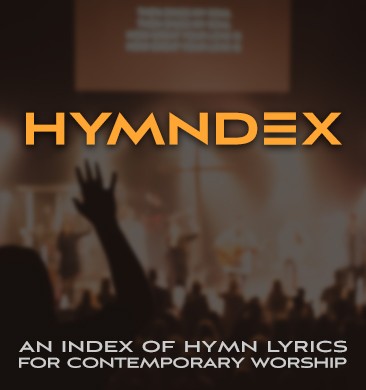Confused about in ear monitors? Want to start with click tracks and multitracks but don’t know where to begin? My friend Will Johnson is a Belmont grad who traveled with Country and Pop stars as a soundman before settling down in a local megachurch. He’s told me about a very inexpensive way to get started with in ear monitors. I thought it would be perfect for those of you who want to take the next step in production but have tight budgets, so I asked him to write an article about it:
A popular movement today is to move away from traditional floor wedge monitors and use small in-ear monitors, referred to as IEMs by industry professionals. There are many advantages to IEMs over wedges. The first and most popular reason is to reduce stage volume so everyone can hear better, at a lower volume, and the sound guy has better control over the mix. Another big reason is if you plan to play to a click track.
In the past, when a band played to a click, the drummer would have a metronome next to him, wear headphones or earbuds, and then click the band in with his sticks. This works well when the whole band sticks with the drummer but causes problems when the band drops out for an a-cappella chorus or when someone other than the drummer starts the song because the other members can’t hear the correct tempo. We’ve all been there when the worship leader starts the song with his acoustic guitar super slow and then the song takes off like a rocket once the drummer comes in.
Making the move to IEMs might seem like a daunting task but don’t worry, I’ll give you some pointers to get you started.
The first thing you need to do is decide how many people you will have on stage with IEMs. A typical band would be drums, bass guitar, keyboard, two electric guitars, an acoustic guitar, maybe a piano, and two to three singers. The next thing to do is take a look at your sound system, specifically the mixer or sound board, and see how many pre-fader aux sends it has that you are currently not using or eventually won’t be using once you transition away from wedges. These aux sends will be used to feed your IEM system. Remember, though, that a stereo IEM mix will use two aux sends. You might need to start out sending a mono mix to your IEMs and then transition to stereo at a later date.
The next step is to decide which system is right for your specific application because no two scenarios are exactly alike. There isn’t a “one size fits all” solution when it comes to IEMs.
One of the simplest systems that I have used incorporates the use of Rolls Personal Monitor boxes that have pass-through connections for both microphones and instruments, and a 1/4″ input for the monitor feed from the aux send on the sound board. This can work incredibly well for smaller churches or where there are limited aux sends for monitor mixes. These units are easy to use and employ a “more me” dial.
Let’s say, for instance, that the worship leader sings and plays guitar. The cable from his microphone would go into the Rolls PM351 and then pass-through onto the sound board. His guitar cable would plug into the instrument input, with the PM351 acting as the direct box. A basic monitor mix is then created on one of the aux sends of the sound board that has a little bit of everything in it. This mix is then distributed to all the Rolls units and connected via the 1/4″ monitor input on the PM351.
On the front of the Rolls PM351 are three knobs; microphone, instrument, and monitor. The worship leader would start by turning up the monitor knob to the desired volume level. If he wants to hear more of his voice or guitar, all he would have to do is turn up the microphone or instrument knob. More me! This system would cost you under $100 per box. The downside, though, to this type of system is that there is a lot of cabling involved but it can be an inexpensive way to test the waters of IEMs.
This is just a mere glimpse at a very simple system setup. For more information contact me or consult your local sound professional.
Will Johnson is an audio, video, and lighting professional who currently serves as Production Manager for Brookwood Church in Simpsonville, SC. He is also available for consulting, system design, and installation. For more information visit his website at willjohnson.com or email him at will@willjohnson.com.
[fbalbum url=https://www.facebook.com/media/set/?set=a.10150900684277653.400982.176060742652&type=3]







